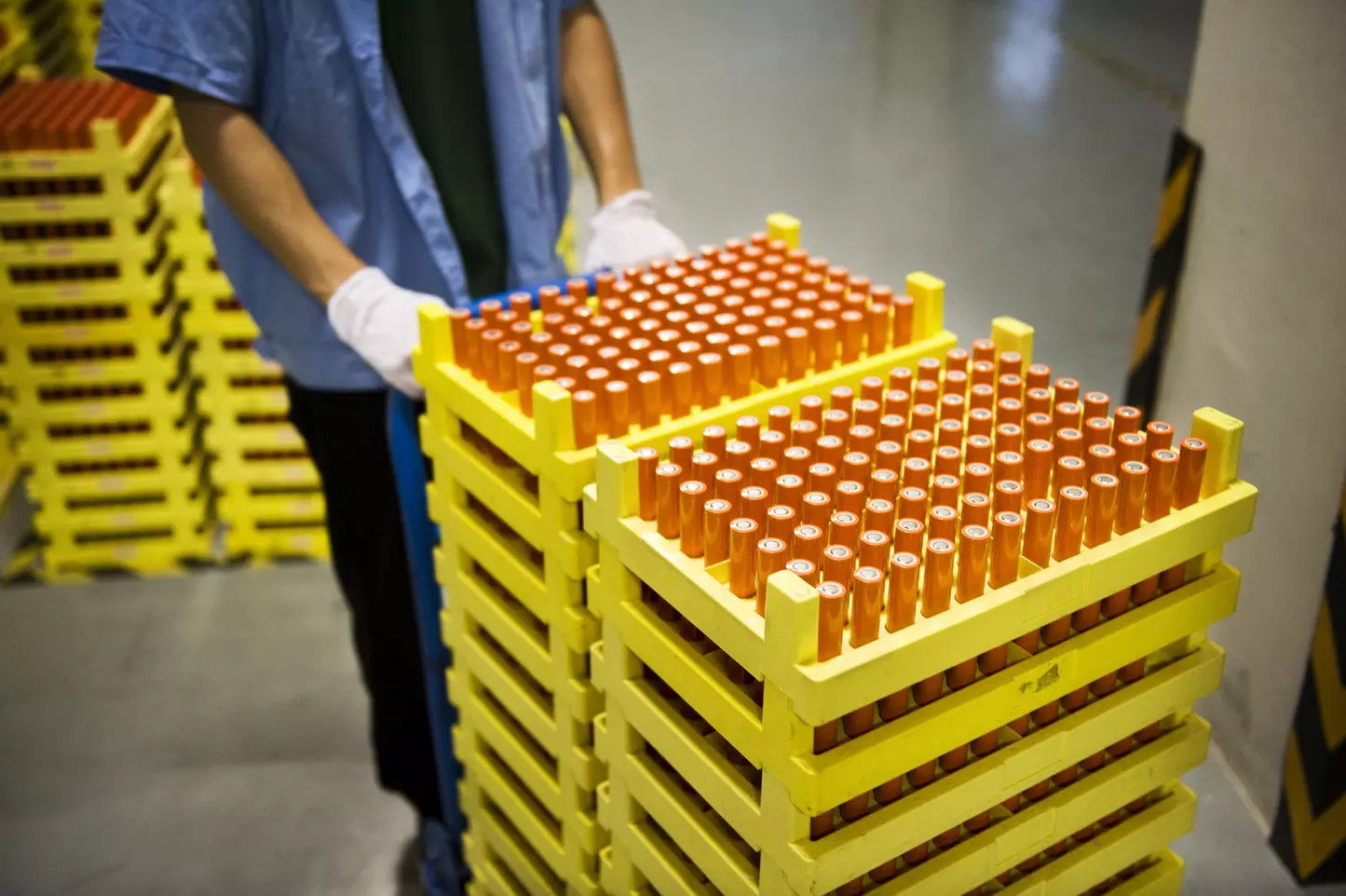By 2022, 10.5 million electric cars were sold worldwide, 2.6 million in Europe. We are at the steepest point of the adoption curve, the one where electrification takes hold on a large scale: in 2022, sales grew by 55%. Add to this the effect of various decarbonisation plans, such as the European Parliament's green light to ban the sale of internal combustion cars by 2035, and stimulus packages such as the Inflation Reduction Act passed by the US Congress. Forecasts tell us that by the end of this decade there will be 10 million electric cars sold annually in Europe, that year the global stock will reach 350 million. A victory for the climate, but also a new ecological and industrial challenge: what will we do with all those batteries once we stop using them?
The battery is the most valuable and ecologically problematic part of an electric car, it is full of metals that are critical from the point of view of value chains and potentially harmful to the environment. Today, only 5% is recycled, because the technologies and supply chains are not yet ready. Fortunately, the number of decommissioned electric cars is still low: the average lifespan of a battery is about 15 years, and those that entered the market more than a decade ago, when hundreds of thousands, not millions, were sold per year, must now be disposed of. The time factor, however, is crucial: the industry must be ready when the first wave of electric scrap arrives.
There is no alternative to this form of circular economy. From an environmental point of view, the challenge is twofold: preventing materials from ending up in ecosystems and also reducing the impact of the mining industry. Demand for the critical metals to make batteries work will become increasingly high, but the extraction of lithium, nickel, cobalt and manganese has a high ecological price, not to mention the impact on human rights. Two thirds of the cobalt comes from just one country, the Democratic Republic of Congo, where working conditions in the mines are devastating. And then there is the issue of value chains: the geography of these metals is geopolitically problematic for areas like the European Union, which do not have these resources in even remotely sufficient quantities and are therefore forced to import them, with the effect of replacing fossil dependencies with new ones.
That is why at the end of 2022 the EU voted on its ‘Battery Law’, with the requirements that manufacturers must meet in order to place batteries on the EU market. According to the new targets, they must be able to recover 50 per cent of lithium and 90 per cent of nickel and cobalt from marketed batteries by 2027. In 2031, these quotas will rise to 95 per cent nickel and cobalt and 80 per cent lithium.
As the Transport & Environment NGO points out, these rules will allow the European market to free itself from supply chains that are unsustainable from a climate and social point of view. China is now the largest global producer, but the energy used in its gigafactories (battery factories) still comes from coal, the most toxic source to the atmosphere. By the end of the decade, consumers will also be in a position to know the climate footprint of batteries throughout their life cycle, from production to disposal.
However, standards and laws will not be enough to set up a battery recycling industry. The development of the sector is in turmoil, attracting investment and populated by innovative start-ups, but it is also slowed down by obstacles. The first is precisely lack of batteries to recycle. As Niraj Chokshi and Kellen Browning explained in the New York Times, “Companies need to invest in machinery today, so as not to lose ground, but if they do so too quickly they risk burning too many resources without enough batteries to recycle in time.”
Not an easy dilemma. The second is the absence of universal production standards: the competition between car manufacturers for durability and efficiency means that everyone produces batteries according to a different recipe, with formulations and technologies covered by trade secrets. Moreover, today we do not know what the battery technology standard will be a decade from now. The most widely used today are lithium-ion, with the dosage of the other metals (cobalt, nickel, manganese) varying from manufacturer to manufacturer. On the horizon is the arrival of different models, such as the sodium ones, which saw a peak in 2022. The risk is to build supply chains today for battery types that in a decade will no longer be dominant on the market.
In any case, the circular economy revolution in the electric car industry is happening, with a wide range of solutions. Nissan is using old batteries from Leaf models to power self-driving vehicles operating in automated factories, and has partnered with a start-up, Relyion, to reuse them for energy storage in buildings, a function for which they have more than a decade of life after they are no longer usable in a car.
Volkswagen started the pilot project of a recycling centre in Salzgitter, Germany. Renault created a recycling consortium together with a waste company, the French Veolia, and a chemical company, the Belgian Solvay. Among the most promising examples are Sweden's Northvolt and Norway's Norsk Hydro, which have opened Europe's largest battery recycling plant, with a capacity of already 125 thousand tonnes per year and the only one capable of recycling lithium (which has more complex processes) as well as nickel, manganese and cobalt on a scale. Today they recycle 25 thousand batteries a year, rising to 150 thousand in 2025 and half a million in 2030: this is the kind of growth we need to ensure that new sustainable private transport does not replicate old disasters.
